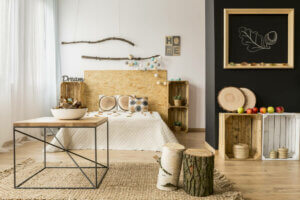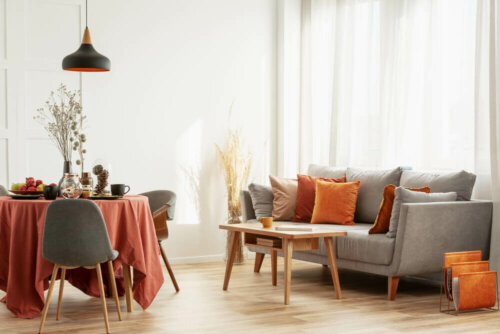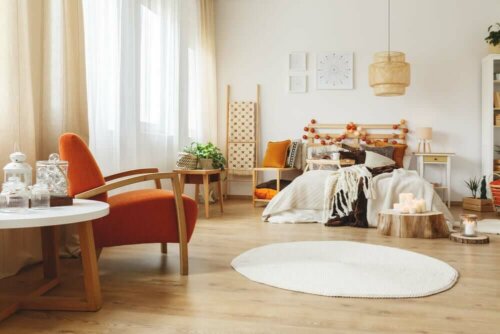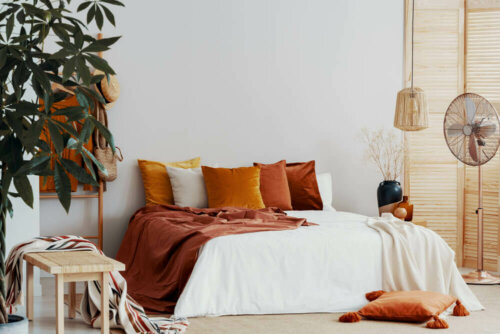Decorating for Fall - Tricks and Tips

Have you ever considered changing the aesthetics of your home according to each season of the year? Basically, this is a great way of alternating your environment to match the weather. If you’re interested, you can revitalize the appearance of your home every few months. We’ll show you some great tips for decorating for fall.
Changing your home’s decoration throughout the year can actually eliminate monotony and improve your living conditions. Why? Basically, your mind enjoys changes and new sensations. So your decoration can actually affect your well-being.
For example, coming home and seeing new furniture or decoration is a great feeling. Enjoying the different arrangement of elements or the aesthetic of your space helps recharge you and create positive energy.
Opportunities when decorating for fall

The fall offers so many possibilities for decoration. However, for some people, it’s the least exciting season because Christmas is right around the corner. Then, spring comes and fills homes with color. After, there’s summer which brings light and joy.
However, fall is usually less appealing to most people. Yet this season has so much to offer. For example, in terms of colors, there are beautiful, earthy tones associated with this season. These colors generate a warm, calm atmosphere.
In addition, dry plants and wood can be key pieces when decorating for fall. These natural elements fit well with the aesthetic and help create a relaxed environment.
Fall is a time of calm, tranquility, and warmth.
5 tips when decorating for fall

Previously, we’ve mentioned a few ideas about decorating for fall. However, now we’re going to look at some fundamental tips that will help you:
- The use of plants can help in decoration. For example, consider lavender or pansies, especially if they have a purple hue. This is a great way to bring nature and color inside.
- Another interesting option is to use dried mushrooms, fruit, and vegetables in decoration. For example, apples and pumpkins are usually associated with this time of year. So you can use all of these resources for decoration.
- On the other hand, if you don’t want living plants in your decoration, you can always use dried ones! Dry plants, petals, leaves, or branches create a certain country aesthetic. They also are a low-maintenance way to add natural elements to your decoration.
- Both wood and wicker are great materials when decorating for fall. In addition to providing earth tones, both materials help create a cozy, warm environment. You can use these materials for tables, chairs, or shelves.
- Candles and dim lighting also play an important role. You also don’t need to create as much indoor lighting as you do in the winter because fall isn’t quite as dark as winter. However, candles can help enhance colors and create a calm atmosphere.
Color is everything

Without a doubt, color is a key factor to create harmonious decoration. However, you can only achieve this when you have a specific theme in mind. When decorating for fall, consider colors such as brown, maroon, green, and gray.
Obviously, you can also use other shades. However, this season is usually associated with colors that slightly dull, warm, and dark. Remember, fall colors should mirror the leaves changing outside.
You can use earth tones on furniture, sofa cushions, rugs, and blankets. You could also use maroon in the same way.
We also recommend that you use gray and green tones minimally. These should be darker shades and not the most prominent colors in the room. One great way to do this is by just using these colors for a few specific points, such as a few cushions, a tablecloth, or the curtains.
All cited sources were thoroughly reviewed by our team to ensure their quality, reliability, currency, and validity. The bibliography of this article was considered reliable and of academic or scientific accuracy.
- Lava Oliva, Rocío: Interiorismo, Vértice, 2008.